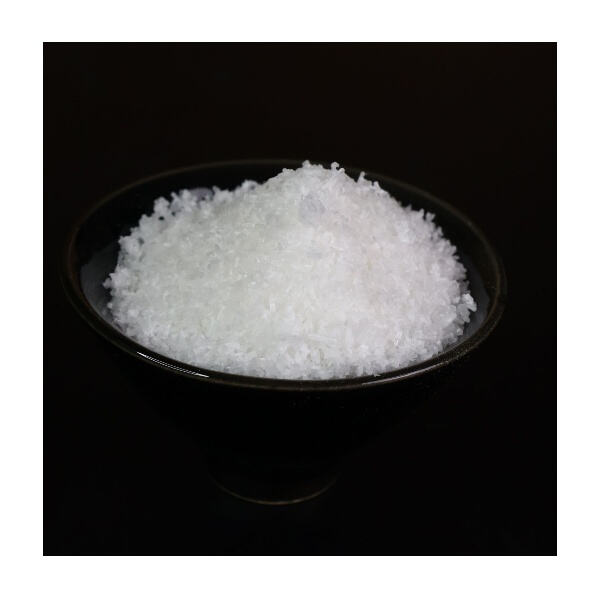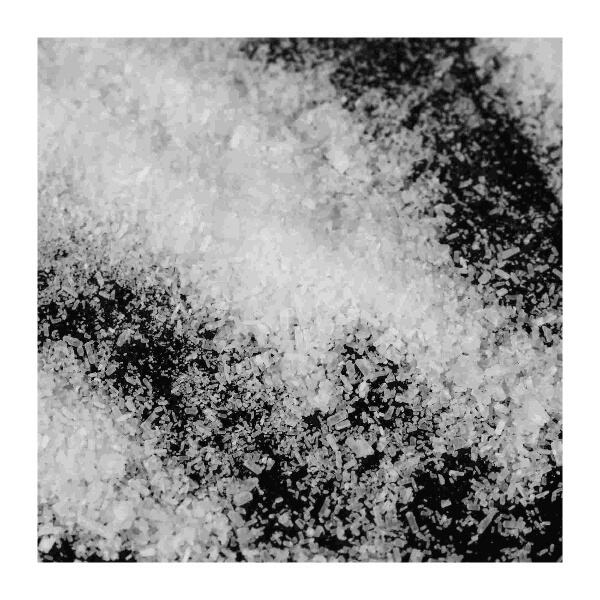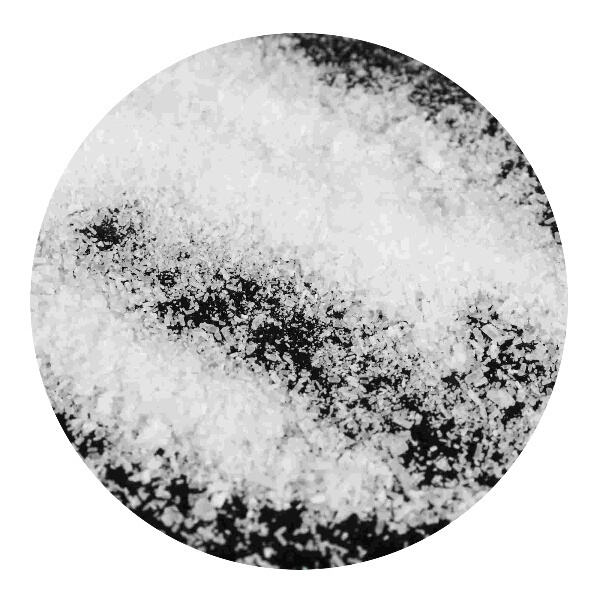As an important component of many of these products, TSP, which is also known as trisodium phosphate, or TSP for short, helps to boost cleaning performance. It has a reputation for being able to cut through some of the toughest oil and grime around, thus it is a common pick to clean houses and commercial spaces.
Trisodium phosphate is found in many types of cleaning products, including detergents, dish soaps and degreasers. Its high alkalinity provides high clean power to be strong enough to lift the toughest staining and soiling. Whether you need to clean residue from your kitchen counter or scrub up a greasy oven, trisodium phosphate will help you do the job.

Trisodium phosphate is powerful cleaner, but just as there is a good and bad side to just about anything, so too is there positives and negatives about using trisodium phosphate as a cleaner. In its most potent form, it can be provoking to the skin and eyes, so you’ll want to be mindful when selecting products with this ingredient. When used in the appropriate quantity listed on the product label trisodium phosphate can be safe and effective for cleaning.

Trisodium phosphate can also have an impact on the environment. When it is washed down the drain, it can contribute to water pollution and harm fish and other animals in the water. In the interests of the beautiful earth, products containing trisodium are not to be used carelessly and should not be poured into the great wide open (check with local authorities if you have product to dispose of).

If you’d like to make your own cleaning products at home, trisodium phosphate is a handy ingredient to have. By combining trisodium phosphate with such household staples as water, vinegar, and baking soda, you can whip up a powerful cleaning solution for much cheaper than that bottle of Pledge or use of a professional and for less cash. Just be sure to treat trisodium phosphate, which can be dangerous, with caution (and follow any safety instructions on the box).